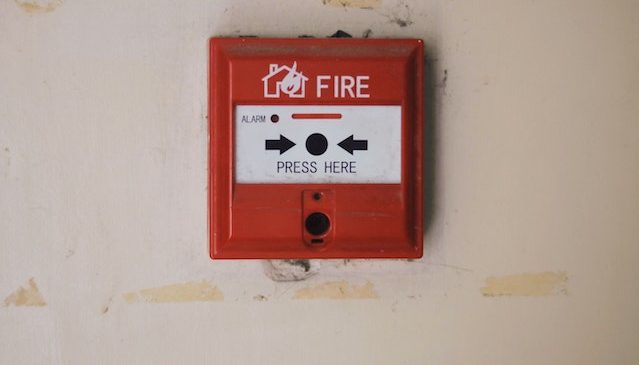Fire Alarm System Design: Key Considerations for Architects and Engineers

As a provider of fire sprinkler systems service in California, we understand the critical role that fire alarm systems play in safeguarding lives and property. Architects and engineers play a pivotal role in designing buildings that prioritize fire safety.
In this informative blog, we will explore the key considerations architects and engineers must keep in mind when designing fire alarm systems. By understanding these considerations, we can create effective fire alarm systems that enhance overall building safety.
Understanding Building Codes and Standards
Compliance with Fire Safety Regulations
One of the primary considerations for architects and engineers is ensuring compliance with local building codes and fire safety standards. These regulations outline the minimum requirements for fire alarm system design and installation.
In a hypothetical scenario, a new commercial building project must adhere to the National Fire Protection Association (NFPA) standards and local fire codes, which specify the type and placement of fire alarm devices based on the building’s occupancy and size.
Solution: Collaboration with Fire Safety Experts
To ensure compliance, architects and engineers should collaborate closely with fire safety experts, including fire protection engineers or consultants. These experts possess in-depth knowledge of fire codes and standards and can provide valuable guidance throughout the design process.
By consulting with a fire protection engineer, architects and engineers can identify the specific fire alarm system requirements for a building, such as the placement of smoke detectors, alarm notification devices, and the integration of sprinkler systems.
Building Layout and Occupancy Considerations
Understanding the Building Layout
The design of fire alarm systems must consider the unique characteristics of the building, including its layout, size, and occupancy. Different areas of the building may require specific fire alarm features and coverage.
In a large healthcare facility, areas with high-risk occupants, such as operating rooms or patient wards, may require enhanced fire alarm coverage compared to administrative spaces.
Solution: Zoning and Occupant Needs
Architects and engineers can address these considerations by implementing zoning within the fire alarm system design. Zoning involves dividing the building into different areas, each with its fire alarm coverage based on occupancy needs.
By zoning a building, fire alarm devices can be strategically placed to ensure optimal coverage, focusing on high-risk areas while providing appropriate protection throughout the building.
Integration with Building Systems
Coordinating with Other Building Systems
Fire alarm systems must seamlessly integrate with other building systems, such as HVAC, access control, and emergency lighting. Proper coordination ensures effective communication and response during a fire emergency.
In a commercial building, integration between the fire alarm system and the access control system allows for the automatic unlocking of exit doors when the fire alarm activates, facilitating safe evacuation.
Solution: Collaboration with System Designers
Architects and engineers should collaborate with system designers and installers of various building systems to ensure proper integration. This collaboration helps identify potential conflicts and enables the design of a cohesive and efficient system.
Hypothetical Example: By working closely with HVAC designers, architects, and engineers can coordinate the placement of fire alarm devices to avoid interference with HVAC equipment while maintaining optimal fire detection capabilities.
Future-Proofing and Flexibility
Anticipating Future Building Needs
Fire alarm system design should consider future building modifications, expansions, or renovations. Planning for future needs ensures the system remains effective and adaptable over time.
A retail store may undergo renovations to expand its sales area. During this process, the fire alarm system should accommodate changes in building layout, occupancy, and device placement.
Solution: Scalable and Upgradable Systems
Architects and engineers can specify fire alarm systems that are scalable and upgradable. This allows for the seamless addition of new devices or components as the building evolves, minimizing disruptions and costs.
By choosing a modular fire alarm system, architects and engineers provide the building owner with the flexibility to expand the system when needed, such as adding new detection zones or integrating advanced technologies.
Conclusion:
Designing an effective fire alarm system requires architects and engineers to navigate various considerations, including compliance with building codes, understanding building layout and occupancy needs, integrating with other building systems, and future-proofing the system.
By prioritizing these key considerations, architects and engineers can create fire alarm systems and provide the best fire alarm service in Glendora to enhance overall building safety. Collaborating with fire safety experts, utilizing zoning techniques, coordinating with other building systems, and planning for future needs are essential steps toward designing robust fire alarm systems. Together, we can create safer environments that protect lives and property from the devastating effects of fires.










